Bellavita 2018: Tradition meets innovation as Italy serves up its best produce
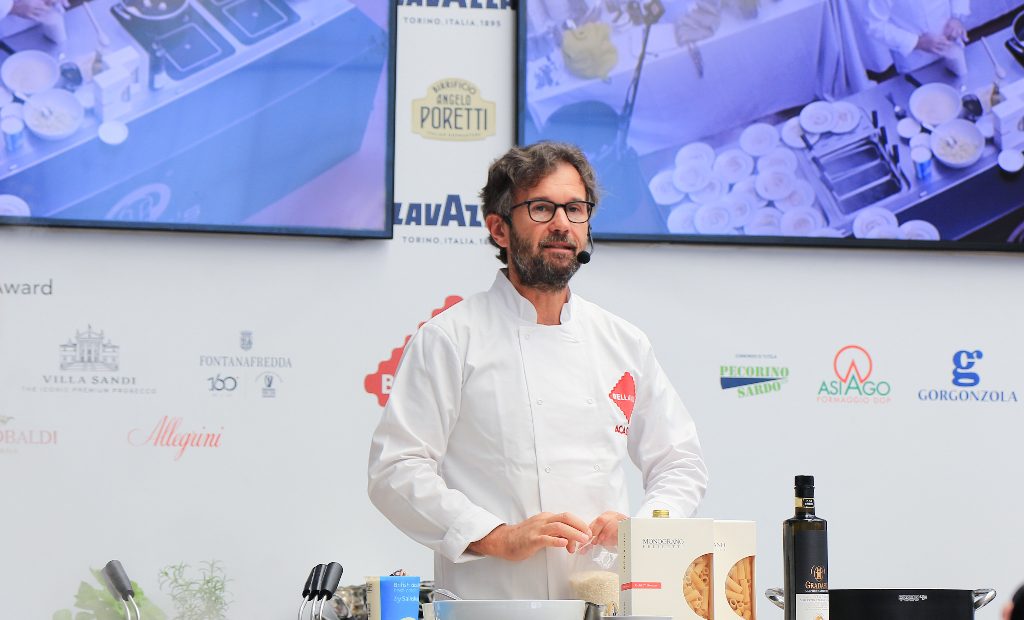
One of the most commonly known winning factors of Italian cuisine is the high quality and wholly tasty ingredients which hail from the country. It’s true, however, that there are many more elements to take into consideration, such as creativity, flexibility and that warm friendly smile that Italians add to every recipe. Whether you are familiar or new to this cuisine, Bellavita is one of the best places to learn, rediscover and be surprised by the most traditional offerings as well as the latest trends in the food market from the peninsula.
From the 17th to the 19th June, the Business Design Centre hosted the UK’s biggest Italian food and beverage exhibition. From more renowned brands to companies just casing out the export system, the trade event aims to take each enterprise by hand and lead them into the international scene. The three-day event was in the British capital for the fifth time, and in addition to the 200 exhibitors, this edition offered an exciting programme of masterclasses, industry talks and award ceremonies crowning the best products featured.
It would be a crime to miss any of the delicacies on show, but unfortunately there were time constraints, just as this page has a certain word limit. We sensed, tasted and did shots of some of the over 1,000 products available, yet the choice was huge. The red threads connecting them all were variety and naturalness.
The first thing to bear in mind is the regional distinction between territories, as moving across Italy definitely influences the degrees and flavour notes. The exhibition space was divided into drinks and food, with this further organised into savoury and snacks, bread and main courses.
As a starter or to add a fine dressing to the dishes, the intense truffle creams by Toscobosco are a superb addition. The Tuscan company is rightfully proud of the rounded flavour due to the completely natural ingredients used for their products, which are entirely gluten-free and without pungent artificial taste.
Talking about innovation through tradition, the Provola Dei Nebrodi al Verdello by Nebrolat was an interesting speciality: by inserting a green lemon while the cheese is still maturing, the producer reaches a zesty character for a pungent twist.
Ready-made meals are becoming more widespread than expected, even in Italy – where the general practice is to cook everything in the moment. Mare Più keeps up with the trend with its fresh fish menus in skewers, kebabs and breaded fillets, only to be grilled and ready to serve.
Despite Brexit fears, the food export and import figures seem not to have suffered too much. Though they provide some of the most refined products to grace British tables, the Italians still face quite a competition against French rivals for wine supremacy. The section dedicated to alcohol was an extensive one, comprising three major regional divisions. From the Emilia Romagna stalls, we tried the fresh Pignoletto Frizzante Colli Bolognesi DOCG by la Tenuta Santa Cecilia. But also the red selection, with fizzy and plain varieties, is not to be missed – like the rich Viburno, which takes its name from a local plant.
In the Umbrian area we met more woody flavours – less flowery. Although territorially close, Cantina Poggio Cavallo and I Girasoli di Sant’Andrea offered one of the clearest examples of the great differences possible even between neighbours. From the first, we had a robust Cabernet Franc Umbria IGT 2015, sitting in stark contrast to the fresher Il Doge 2011 of the second.
But drinks go beyond reds and whites. With Lager, Bock Rossa and a more Citrussy brew, Birra Poretti offered three of the best light Italian beers. To increase the alcohol level, a hop to the upper part of the country is a great choice: Roner, whose name recalls the proximity with the Northern European regions, were happy to mix us a dry gin with spiced white Vermouth, excellent to end – or to start – any meal or rendezvous.
In between hot shovels of wholemeal and organic pizza, baskets of fragrant bread and small dishes of steamy tortellini, there were sweets and desserts of every size and kind. The good amount of pistachio in the soft nougat by D.Barbero was a pleasing surprise, considering the reduced quantity we are getting used to with the commercial products available.
Splashes of delicious jams and chocolate were too easy to reach for and make vanish at the entry to the exhibition space, where Bio Gelart had their gluten-free and organic samples.
No meal in Italy could end without coffee. Besides some strong espresso by Caffe Milano and Filicori Zecchini Coffee, the morning tasting session by Lavazza in the Food Academy Area was simply unforgettable. After being led on a journey in space and time through the history and circulation of the black beans, the audience had the opportunity to experience Alteco, KAFA and Tierra varieties, a great sensory tour.
Later in the day, the same stage saw also one of the most known culinary TV personality and Michelin-starred chefs cooking and explaining in action how innovation and creativity can take place in Italian kitchens. Carlo Cracco prepared a special risotto with horseradish sauce, mascarpone, topped with a thin chocolate button to melt and rebalance the overall tangy flavour. The dish, whose recipe would normally never include mascarpone, indeed was received with great pleasure by the tasters: one of Cracco’s best examples of successfully mixing tradition and innovation.
Next up, Bellavita will be in Mexico City, and then onto the exhibition’s international tour, including Warsaw, Bangkok and Moscow. With such a great variety and guaranteed high-quality food, the show marks one of the best events to showcase the excellence of Italy.
Cristiana Ferrauti
Photos: Cristiana Ferrauti
Bellavita Expo was at Angel’s Business Design Centre from 17th June until 19th June 2018, for further information visit the website here.


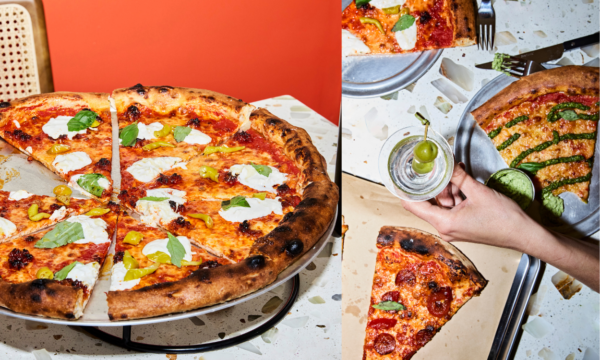
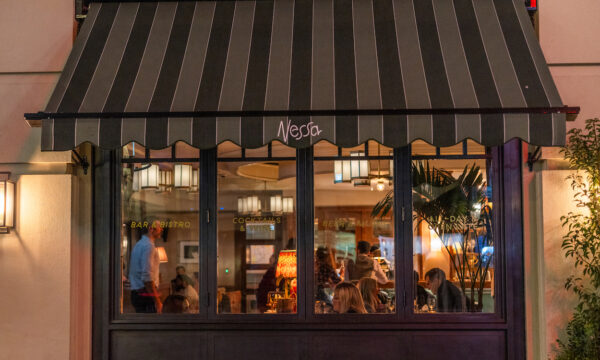
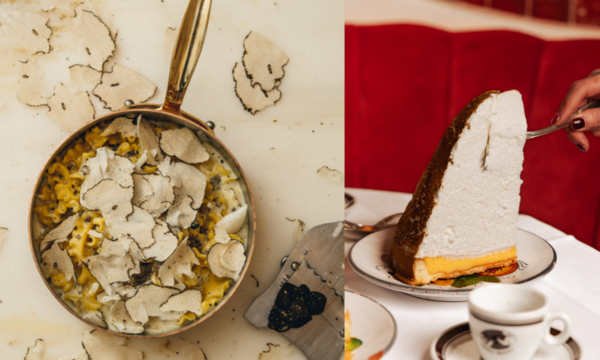
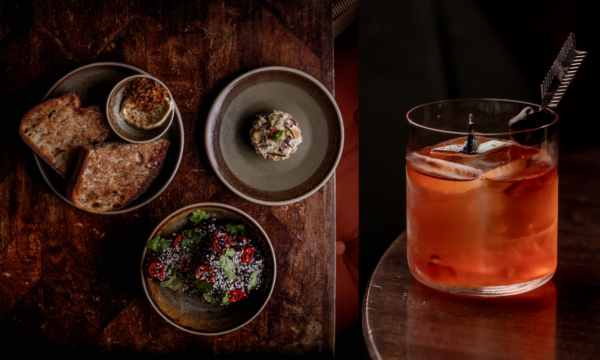
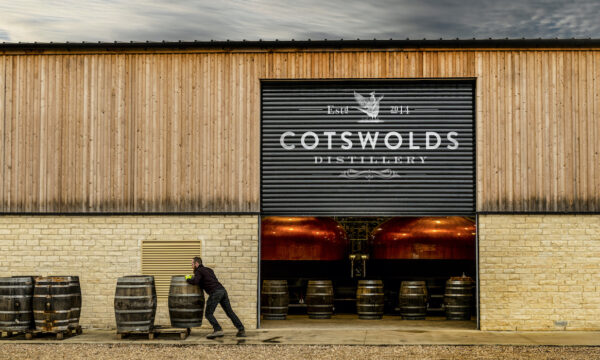
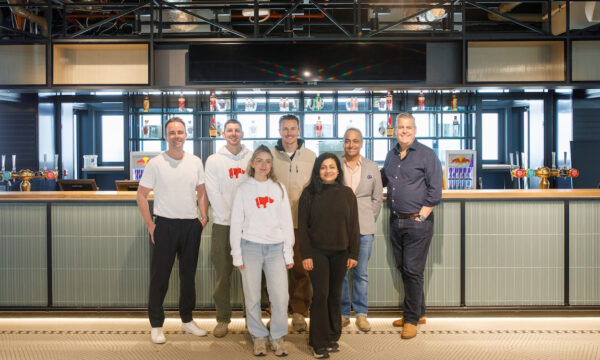
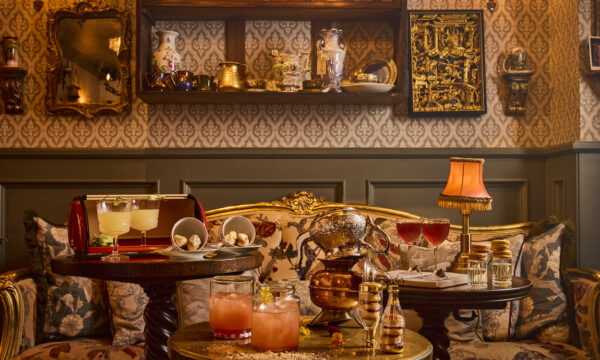
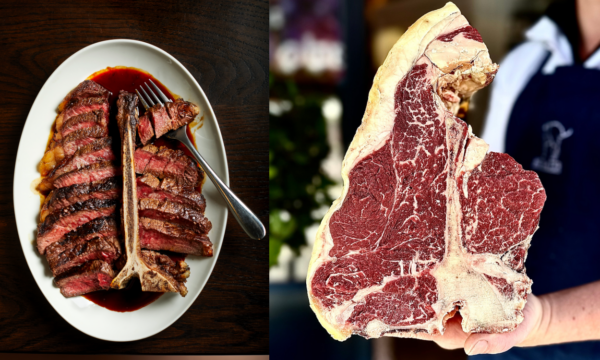
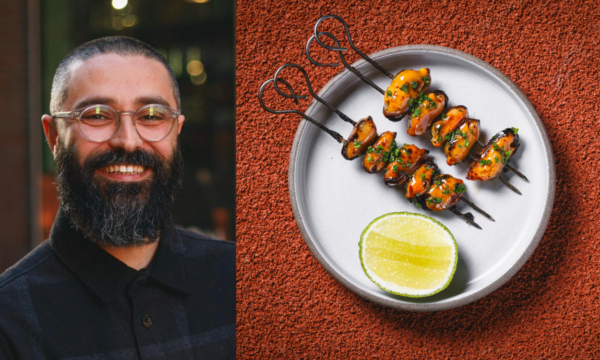
















Facebook
Twitter
Instagram
YouTube
RSS